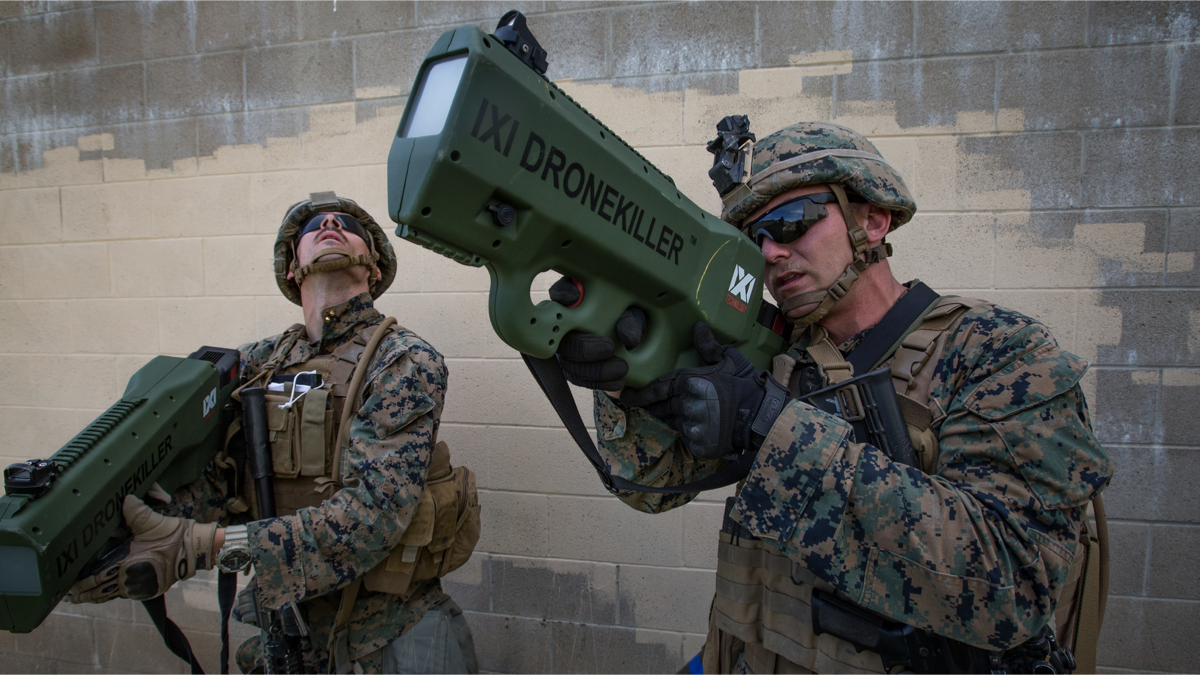Research funded by the Army has demonstrated powerful communications capabilities that could boost 5G technologies and improve sensing equipment.
A carbon nanotube technology — developed by Carbonics Inc. and the University of Southern California — achieved for the first time speeds over 100GHz in radio frequency applications, according to the Army Research Laboratory.
“This milestone shows that carbon nanotubes, long thought to be a promising communications chip technology, can deliver,” said Dr. Joe Qiu, program manager of solid state and electromagnetics at the Army Research Office, part of the Army Research Lab. “The next step is scaling this technology, proving that it can work in high-volume manufacturing. Ultimately, this technology could help the Army meet its needs in communications, radar, electronic warfare and other sensing applications.”
ARL said that researchers had theorized for decades about carbon nanotubes being well suited as high-frequency transistor technologies, despite engineering challenges. The Carbonics-USC team overcame these hurdles, and projections based on their work indicate scaling the technology could far exceed top-tier RF technologies currently used.
This breakthrough also has significant implications for the advent of 5G technologies, which will allow for faster communication and less latency.
“With this exciting accomplishment, the timing is ripe to leverage our [Complementary Metal-Oxide Semiconductor]-compatible technology for the 5G and mm-Wave defense communication markets,” Kos Galatsis, Carbonics’ CEO, said. “We are now engaged in licensing and technology transfer partnerships with industry participants, while we continue to advance this disruptive RF technology.”
Mark Pomerleau is a reporter for C4ISRNET, covering information warfare and cyberspace.








